




GOALS
By the end of this chapter, you will be able to:
• Understand the purpose of scientific critical thinking
• Evaluate evidence to answer questions
• Comprehend the importance of ethics in science
• List the steps of the scientific method
• Construct scientific questions and hypotheses
• Identify experimental and control groups
• Design simple experiments
• Identify strengths and weaknesses of basic experiments
Science is not just a subject. Science is a process. It is the process of learning about the world around us. Everything we know about the world started with an observation and simple curiosity. In other words, somebody asked a question.
• Why does the Sun move from east to west?
• Where does a squirrel live?
• How does a caterpillar turn into a butterfly?
• Why do children look like their parents?
Curious questions are the foundation of science, and finding the correct answer is the magic of the scientific process.
Thinking about something carefully and thoroughly is called critical thinking . It requires using facts and information to judge information before believing it. Scientists are truth-seekers. 1
____________
1 The correct answer is important because knowledge helps people make decisions. The more facts that someone has, the better their decisions can be. Soak up knowledge. Improve yourself.
Finding the truth can be a difficult process. It must begin with an open mind. Questions can be answered only by using evidence. Evidence is what separates a scientific conclusion from an unscientific guess.

Since evidence is crucial to the decision-making process, it needs to be indisputable information. When scientists evaluate evidence, they need to ask the question, “What does the observation actually show?” Only information that is directly shown can be used as evidence.

What does the following observation tell you about squirrels?
Observation: A grey squirrel is climbing on a skinny tree branch near a twiggy nest .
This shows that
• Squirrels spend time in trees.
• Squirrels can be on skinny tree branches.
• Squirrels can be grey.
The things in this first list are directly shown. They cannot be denied. By seeing the squirrel in the tree, this shows that squirrels can spend time in trees.
This does NOT show that
• Squirrels build nests.
• Squirrels only spend time in trees.
• Squirrels have babies in nests.
The things in the second list are not necessarily true. None of them was directly shown. Just because the squirrel was shown near a nest does not mean the squirrel built the nest. You wouldn’t assume that your classmate built the school just because he was seen near it.

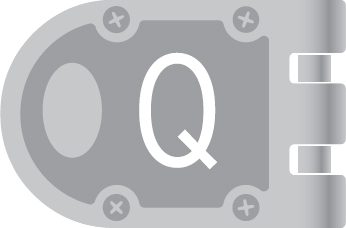
What observation is necessary in order to provide evidence that squirrels build nests?
One more word about evidence: repeat, repeat, repeat! 2
The best way to make sure your evidence is reliable is to see if it happens again. Is it repeatable or was it a one-time fluke (like hitting a hole-in-one the first time you play golf)?
Let’s think about our squirrel example. We saw a grey squirrel, which was direct evidence that squirrels can be grey. Okay, but what if that particular squirrel had just run past someone using grey spray paint? Seeing a single grey squirrel is great evidence that squirrels can be grey; however, seeing more than one grey squirrel is better evidence!
This is why scientists like to repeat things. It rules out the rare crazy chance that a squirrel ran through some paint.
Questions are tough to answer if the evidence is not easy to find. In our squirrel example, you could just go outside and look for squirrels, but what if the scenario you want to observe is tough to encounter?
Let’s say that you wanted to know how quickly squirrels react to the calls of different birds of prey? In order to observe this, you would need to wait for a long time (maybe forever) for squirrels to naturally encounter different bird sounds.
Alternatively (since forever is even longer than Black Friday checkout lines), you can set up a situation that mimics the one you need. Also known as: a science experiment! Experiments allow scientists to set up the perfect situation so they can gather the evidence they need to answer a question.
In our example, we could play a sound recording of different birds of prey and observe the behavior of squirrels after each sound. This is fairly simple, but some experiments can become quite tricky. Try observing the growth of bacteria that grow only in the dark when temperatures are below zero during full moons in April. 3
____________
2 We did not lie. It is one word….it’s just repeated three times.
3 Okay, we may have exaggerated. No bacteria exist that divide only during full moons in April….or maybe they just haven’t been discovered yet. #yourfuturediscovery
The process of science should be pursued carefully. The scientist must decide which choices are best for science and best for society.
If a scientist does not have an open mind, their bias could influence their critical thinking.
What Would You Do in This Scenario?
A scientist works for a drug company researching the side effects of a new drug.
• No side effects reported → high drug sales → company profits → bonus for the scientist
• BUT, if side effects reported → no drug sales
The scientist’s job is to report any side effects from the drug. One day a patient comes in for his exam with a bad cough. He claims that he thinks he caught something at work, but it doesn’t matter; the researcher is required to report it.
If she reports the cough, it will halt the drug sales, so then she starts convincing herself that it is probably not a real symptom. Maybe he only coughed a few times, maybe it was only one time, maybe he was only clearing his throat.
It can be difficult to keep personal opinions and desires out of science, but the evidence must be used to tell the story, even if the scientist doesn’t like the outcome.
Personal bias could cause scientists to twist observations to support the conclusion that they are rooting for, but this is unethical! Personal desires should always stay out of science. A tiny twist here or there completely destroys the neutral scientific process.
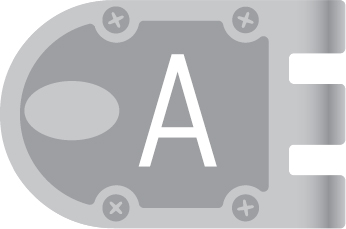
To know for sure that squirrels build nests, you need to observe a squirrel actually carrying nest materials and placing them to form a nest.
Next, some questions are difficult to answer because doing so might cause harm. For example, a car company would benefit from knowing exactly what happens to a human passenger in a collision test. Yet, this is not done because it is unethical to intentionally crash a car with humans in it. This is why crash test dummies were invented.
Another common scenario involves scientists testing new drugs. It is difficult to find someone willing to take an untested new drug (that might not work) if they already have a drug that works okay.
Other ethical dilemmas in science involve animal testing, stem cell use, cloning, genetically modified organisms, and so on. Depending on a person’s view of right and wrong, certain types of experiments may seem unethical. Answering a question is important, but the way it is answered is also important.
When experiments are needed to answer a question, the scientific method is a handy dandy process used to work through them. It might sound complex or scary, but it is just common sense. In fact, we basically already described most of it in our intro to scientific critical thinking.
The Scientific Method
1 . Question Ask a question
2 . Hypothesis Brainstorm the possible answer
3 . Experiment Gather evidence
4 . Analysis Evaluate the evidence
5 . Conclusion Answer the question
It is important to start with the right question. Sometimes science has to solve big questions, but first scientists break them down into smaller questions.
Each question must be something that tests for a specific quantitative trait. Quantitative is a fancy way of saying that something can be counted or measured. Traits that are not measurable are called qualitative traits.

Let’s explain with an example.
Imagine getting into an argument about which of two football players is “better.” You will not win the argument just by saying, “He is better” because the other person will just say, “No, my guy is better.” The argument is pointless because “better” is a matter of opinion. It is not something that can be measured.
Now, think about the same argument but instead of just saying “better,” you say, “He has caught more passes. He has scored more touchdowns. He has won more Super Bowls.” These things can be measured. They are quantifiable (measurable) traits. They strengthen the argument. Your first argument was just opinion. Your second argument used measurable evidence.
Scientific questions should never ask about things that vary with opinion. Evidence must be something that can be measured. Quantitative things are not swayed by the scientist’s opinion.
On the other hand, a qualitative trait is something that can be described only in words (instead of numbers). Qualitative traits are always opinion-based because they are defined by the human brain. This means that each person can experience and describe them differently.
Is Color Quantitative or Qualitative?
Color is an interesting trait. There are infinite colors in the rainbow, but we are limited by the number of words we have to describe them. Our brains have broken down the rainbow into chunks and assigned words to each chunk. However, one person’s turquoise blue might be another person’s green, because we each divided the rainbow a little bit differently when our brains developed.
Most people agree on the basic colors, but those places in the rainbow where colors overlap can be tricky.
When we see colors, it is because our eyes are detecting different wavelengths of light. Each teensy tiny bit of the rainbow has a different wavelength.
By using a machine called a spectrophotometer, scientists can measure wavelength and turn “color” into a quantitative trait. It doesn’t matter if one person describes a color as blue and another describes it as green, because the machine will give the mathematical quantitative measure of wavelength.
Often, the question you are asking does not start as something measurable (color). However, you must be able to turn it into a measurable question (wavelength).
It takes a little practice to think like a scientist, but the first step is to turn regular questions into scientific questions by making them measurable and specific.
• Original question: What type of hand sanitizer keeps people healthy?
• Scientific question: Does sanitizer A or sanitizer B kill more bacteria?
The first question is tough to answer. The second question is something that can be tested.
Consider these templates for common simple questions.
Does _____ or ______ cause ________ to occur?
Does drug A or drug B cause tumor cell death to occur?
What happens to ______ when we change/add/remove _______?
What happens to the dog’s weight when we add more protein to the diet?

Sample Experiment: The Question
Suppose you have a new plant and you need to decide where it should live.
Don’t Ask
• Does this plant grow better in the front or the back window? What does better mean? Taller? Faster? Greener? Number of flowers?
• Where does this plant grow fastest? Too many options for where; you can’t test every possible location. Be specific.
Do Ask
• Will this plant grow faster in the front window or the back window?

Fun Fact
Have you ever wondered how kissing affects allergic reactions, whether urination changes depending on body size, or whether attaching tails to chickens makes them walk like dinosaurs? Believe it or not, someone has! The Ig Nobel awards, which are given out to researchers who “make you laugh and then think,” were awarded to scientists who sought to answer those exact questions. Ig Nobel laureates have been pushing the boundaries of science since 1991.
The hypothesis step tends to get a lot of hype (see what we did there?), but it is really just a fancy way of saying “Hey, use your noggin and think about a possible answer to the question.” Hypothesizing is just a brainstorming thought process.

Turn this ordinary question into a scientific question:
What is a tortoise’s favorite food ?
Thinking about possible answers to your question makes you think about the things that will factor into the experiment. It will help you design an experiment that can prove or disprove some of your hypotheses. 4
It is sometimes helpful to think about your experiment as a test of your favorite hypothesis. So, take a stab and pretend that one of your hypotheses is right. 5 Then, think about how you can prove it is right and/or how you can prove that the other hypotheses are wrong. A perfect experiment eliminates all possible hypotheses except one. Later, you can use the hypothesis as a double check to make sure your experiment is designed correctly.
Sample Experiment: The Hypothesis
In our simple plant question, we have three possible outcomes:
• The front window causes faster growth.
• The back window causes faster growth.
• Both windows cause the same growth.
Now, if you had to make an educated guess, maybe you would pick the window that looks the sunniest (is photosynthesis ringing any bells?). Let’s pretend the sunniest window is the back window.
Hypothesis: This plant will grow faster in the back window than in the front window.
____________
4 Hypothesis is singular. Hypotheses is plural. Hypothesize is a verb.
5 We know it is silly to ask you to guess about something before you do the experiment. It is just a thinking process.
Okay, we have a question; we have a hypothesis. Now, welcome to the big show! 6
The experiment is the meat in this method sandwich. Here you will learn how to set up a perfect experiment (perfect like Beyoncé and Channing Tatum riding up on a unicorn to deliver you a cupcake!).
____________
6 If you need a break, take a short one now. The Experiment section is important. Make sure you are ready to focus.
Step 1—Identify the different scenarios you want to compare.
Think about your original question and your hypothesis. What are you testing?
Step 2—Make groups that represent each of the scenarios.
To test something, there must be groups that have something and groups that either don’t have it OR that have something else. The difference between your groups is called the independent variable .
You MUST be comparing at least two different scenarios. If your experiment only has one scenario, what are you comparing it with?
Note: One of your groups might be a special type of group called a control group. At the end of this section, we will talk about control groups and why they are necessary.
Step 3—Make sure everything else is the same between the groups.
To know for sure that the difference between the groups is caused by the independent variable, everything else must be the same. Things that are the same are called constants .
Imagine you entered a baking competition in the standard chocolate cake category, and you made your best recipe for chocolate cake. Then, imagine your competitor made a chocolate cake and put lots of fudgy chocolate frosting between the layers and a scoop of chocolate ice cream on top and then added drizzles of hot fudge and a dollop of whipped cream.
You might be angry because it isn’t fair to compare the two. The competitor’s cake could be cardboard and nobody would notice because of the tasty toppings. In order for your cake to get a fair chance, both cakes should be standard cake only. The only difference between the entries should be the actual base chocolate cake.
It is the same for experiments. Only the factor that is being compared should be different.

First, you have to figure out how to measure favoritism. Maybe whichever food it eats more of, or whichever food it eats the fastest, or whichever food it gets defensive over. You will need to be specific about food too.
New question examples:
Does a tortoise eat more lettuce or flowers?
Does a tortoise move faster to eat flowers or turtle chow?
Which type of lettuce do tortoises fight over most often?
Step 4—Use multiple samples or repeat the experiment. Once is never enough.
Think about what would happen if you took two measurements and they were very different. You wouldn’t know which one was true and which was the fluke. Three or more is best.
Step 5—Think carefully about how you will collect data.
Be sure to think through the whole process before you start! Make sure that the length of time for the experiment makes sense.
For longer and more detailed experiments, it is often necessary to take many more measurements. We could take a measurement every week, or every day, or even every hour. Just make sure you think out your plan ahead of time.
Another name for the data you gather is the dependent variable . It is a variable because it should vary between the different groups. It is dependent because it depends on the independent variable.
Step 6—Carefully execute the experiment and collect the data.
Remember, each group must be treated exactly the same. The only difference should be the independent variable. Data collection must be done the same way for each group.
Sample Experiment: The Experiment
Step 1—Identify the different scenarios you want to compare .
You want to compare plant growth in a front window versus plant growth in a back window.
Step 2—Make groups that represent each of the scenarios .
One group should have plants grown in a front window and one group should have plants grown in a back window. Location is the independent variable.

Step 3—Make sure everything else is the same between the groups .
Only the location should be different. The plant, pot, soil, amount of water, and so on should be identical between the two groups.

Step 4—Use multiple samples or repeat the experiment .
Use more than one plant in each window (multiple samples). It is best to use at least three.
Step 5—Think carefully about how you will collect data .
You asked which location caused the plant to grow the fastest. So you will obviously be measuring plant growth.
However, you cannot just measure the final height of the plant. This does not tell you how much the plant grew. You must measure the initial height of the plant and then the height at the end of the experiment.
If you forget to measure the initial height of the plant, then you will not be able to calculate the amount of growth over the course of the experiment.
You will run your plant experiment over 3 weeks and take one measurement at the beginning and one at the end.
The two groups of plants should be measured. Then they should be placed in their respective windows, and their height should be measured with a ruler after 3 weeks. Any watering or treatment of the plants should be the same for both groups for the entire three weeks.
Step 6—Go For It!
You expect the plant growth to vary from the front window to the back window.
Don’t Forget the Control Group
Every experiment needs different scenarios to compare. Sometimes, you will be comparing scenarios where you are adding/changing something. In these cases, the normal group/no treatment group/regular group/neutral group is called the control group . Control groups are important to give a baseline or a background. The groups that are not the control group are called experimental groups .
If you want to test if talking to plants helps plant growth, you would need a group of plants that you talk to (experimental group) and a group of plants getting the normal every day silent treatment (control group). You might not think it is important to have a group of plants getting the silent treatment, but how would you know if talking helped or not? You need something to compare them to.
Sometimes it can be tricky to figure out what you need to use as the control group. Just remember, you need to compare your experimental group to this, so it should basically be the same as your experimental groups except it has a background or baseline version of the independent variable.
Check out this example about picking the best control group .
How do you test the effect of an injectable medication?
Experimental Group: Patients get a shot of medication
Which control group is better?
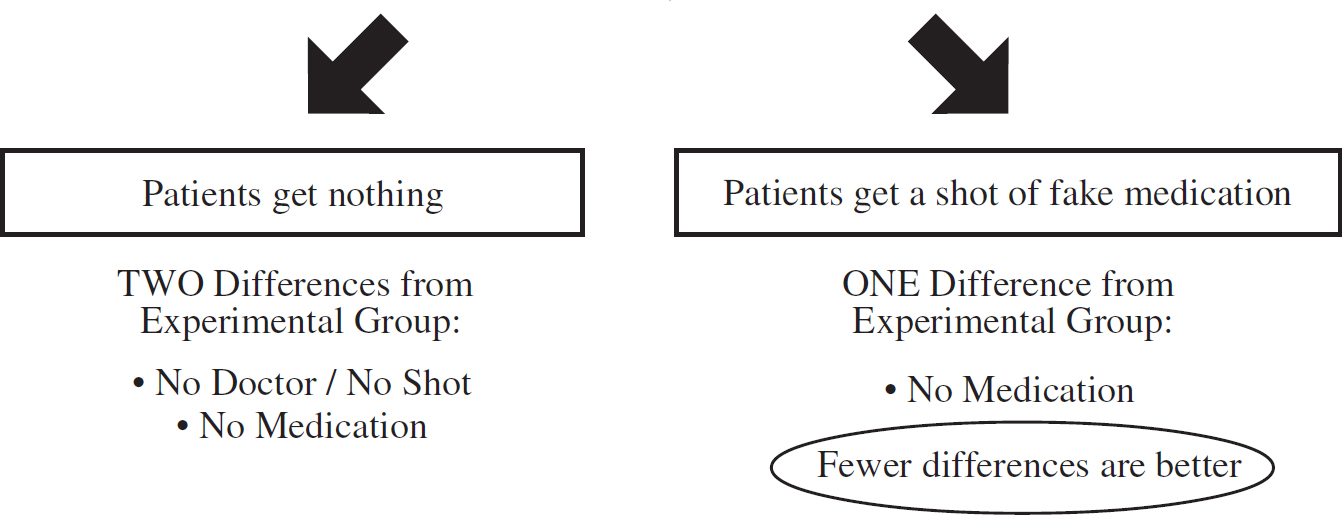

____________
7 This is independent of the experimental results. It is something decided by the scientist. One group gets front window and the other gets back window.
8 This is dependent on the experimental results. The scientist cannot just make up the plant measurement for each group. It is measured in the experiment. It is dependent on the experiment.
Once the experiment is over, it may seem like the time to relax, but this is where the brainwork really begins. Your experiment should have provided data. If it didn’t, you need to rethink the purpose and design of your experiment.
The data are called your results .
Think about your hypothesis. If it is true, would you get these results?
Sometimes thinking about possible results is helpful to do before you even look at the real results. A lot of numbers can be confusing, so knowing what to look for ahead of time can be helpful.
Often, displaying your data in a graph makes it easier to understand. Bar graphs and line graphs are common ways to show data. Different types of graphs are helpful for different types of data.
A bar graph is a good way to compare groups that have no sequential order. Consider this example: red group, blue group, green group. A line graph is helpful for comparing groups that have an order to them—for example, January, February, March and 10 lb., 15 lb., or 20 lb. turkeys.
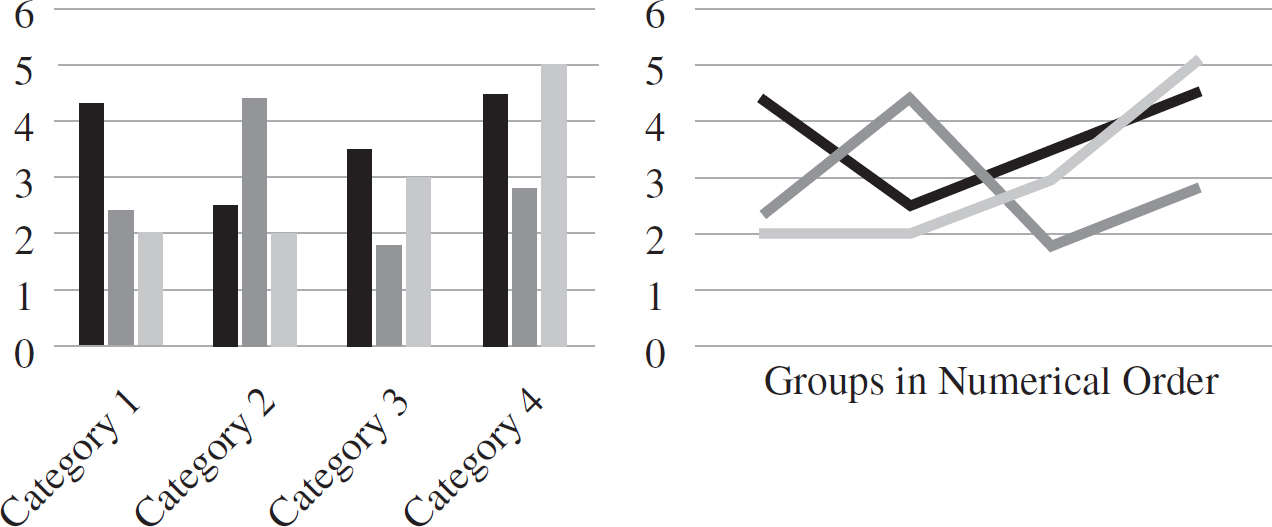
Look at the results and use words to describe what the numbers mean.
What do the results show?
• Are there any patterns or trends?
• Does something increase or decrease? If so, why?
• If two groups have the same results, what does this mean?

Sample Experiment: The Analysis
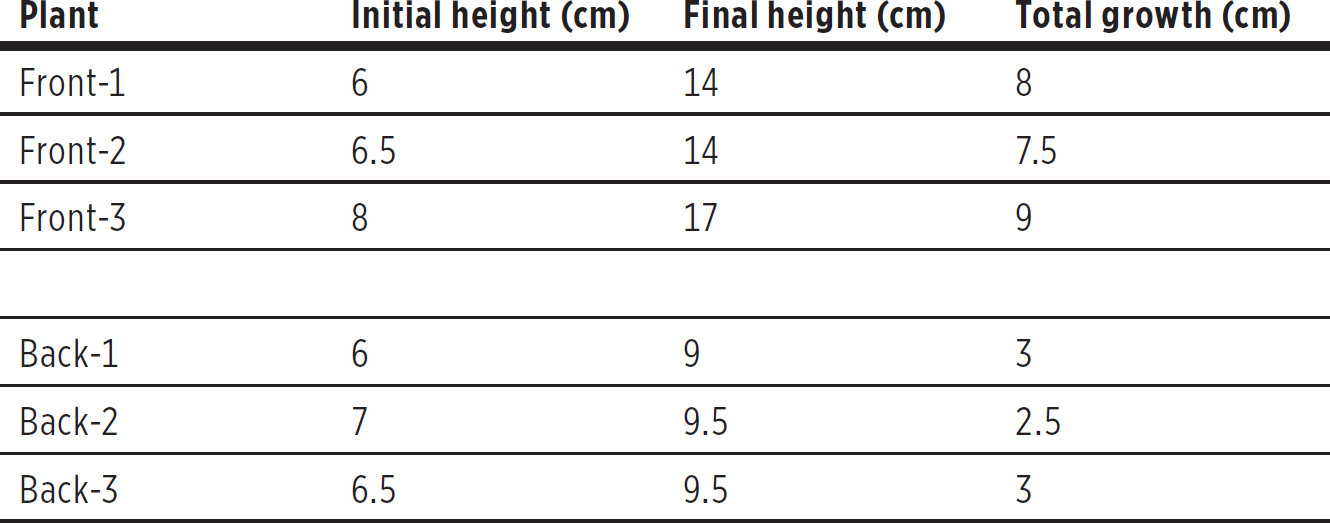
Do you see how total growth was calculated?
By subtracting the initial height from the final height, you can calculate the amount of growth that occurred during the three weeks of the experiment.
Front −1 14− 6 = 8
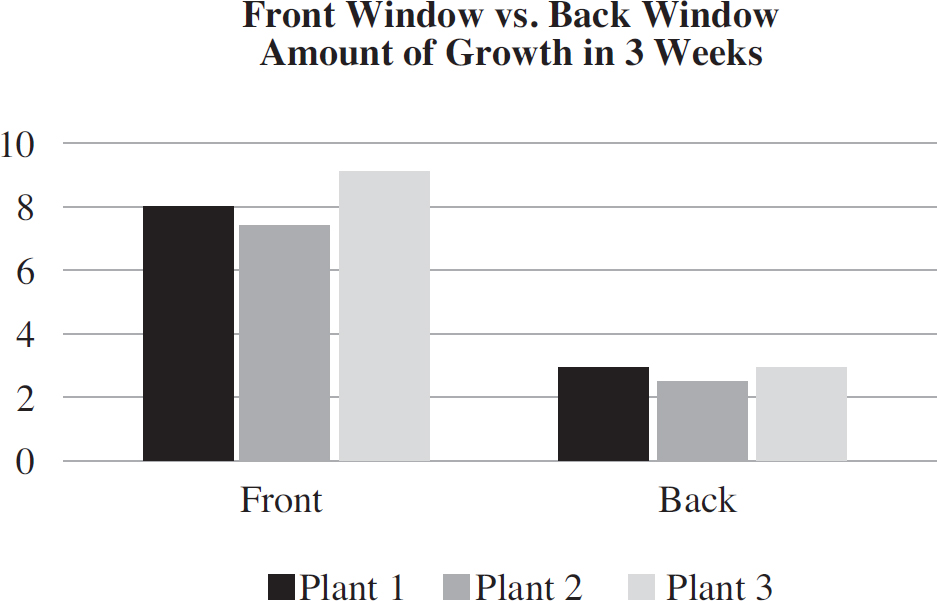
The final column shows the total growth of the plants. The bars are drawn to be the same height as the numbers in the final column in the table. So, the front plants have bars that are 8, 7.5, and 9 centimeters.
The bars are taller for the front window, which represents more plant growth from the front window. Plants grew taller in the front window than in the back window.

Once you have pored over the numbers, it is time to answer the question. Try to summarize the answer in a single sentence. Does it prove or disprove your hypothesis?

Sample Experiment: The Conclusion
Original question: Will this plant grow faster in the front window or the back window?
Hypothesis: The plant will grow faster in the rear window.
Conclusion: The plant grew faster in the front window.
Our hypothesis was wrong. 9

____________
9 It’s okay if the hypothesis is wrong. Just think of it as the start of a new hypothesis in the circle of science.
The conclusion just means that a particular question has been answered, but science itself is an ongoing process. New questions are raised all the time, especially if the hypothesis was incorrect. In fact, an answer might open the door to a hundred new questions. Questions that seemed simple might have complex answers.
As new information is discovered, the truth can grow and change. Scientists know this and so they are hesitant to use the word truth. Instead, if something is very well known, they call it a theory .
Have you heard of the theory of relativity or the theory of evolution? These have been shown to be true many many times, so scientists basically consider them to be true. Unless, of course, someone proves them to be incorrect. 10
____________
10 Proves them to be incorrect scientifically by using indisputable evidence. This is science. Saying something is incorrect is not enough. Scientists are truth-seekers!
Sample Experiment: Back to the Drawing Board
If the window you thought was the sunniest (the back window) did not cause faster plant growth, then what was it about the front window that was so special? The brainstorming process begins again!
New question to ponder: Why do plants in the back window grow slower than those in the front window?
Brainstorming:
• The fat cat sits in the sunny back window and blocks the sun, so the plants in the front window actually get more sun because they don’t have the feline eclipse every afternoon.
• The back window might be sunnier, but it is drafty and colder because the back door opens more often.
• The back window is closer to a heat vent, so the soil gets dried out quickly from the blowing air.
• The possibilities are endless.

Another Experiment Example


Click here to download a PDF of this drill.
1 . If scientists wanted to determine which intensity of light would best stimulate growth of a certain species of plant, then they should:
A) change the intensity of a light to a single plant over the course of the day
B) subject different plant species to the same light source
C) subject different plants of the same species to different intensities of light
D) change the direction a plant is facing over the course of the day
2 . What is a possible conclusion of the following results?
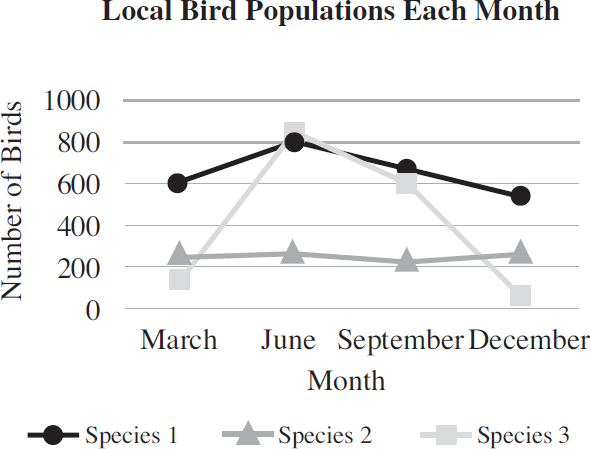
A) Species 2 and Species 3 migrate each winter.
B) Species 1 and Species 3 eat the same food source.
C) Species 2 changes nests every June.
D) Species 3 migrates away in winter.
3 . If a newspaper reported that the theory of gravity was recently proven wrong, what most likely occurred?
A) A scientist gave an interview and said he didn’t believe the theory.
B) Several new experiments provided new information about gravity.
C) A prominent physicist came up with a new hypothesis about gravity.
D) A previous scientist studying gravitational science went to jail for fraud.
4 . Which is the correct order of the scientific method?
A) Question, Hypothesis, Experiment, Conclusion, Analysis
B) Hypothesis, Question, Experiment, Analysis, Conclusion
C) Question, Experiment, Hypothesis, Conclusion, Analysis
D) Question, Hypothesis, Experiment, Analysis, Conclusion
5 . If scientists want to know how sugar water and salt water affect plant growth, what should they give the control group?
A) Sugar water
B) Salt water
C) Sugar water and salt water
D) Water
6 . A scientist has a hypothesis that hoverboards are responsible for a recent increase in broken wrists in emergency rooms. What was the original scientific question?
A) What is the most common injury on a hoverboard?
B) What is causing the recent increase in broken wrists?
C) How does a hoverboard lead to a broken wrist?
D) How many accidents occur on hoverboards each year?
7 . Which of the following traits is quantitative?
A) Number of marbles
B) Texture of soil
C) Flavor of steak
D) Emotion of a bear
8 . When testing the following hypothesis, what would be the dependent variable?
Hypothesis: The drying time in a clothes dryer is more dependent on temperature than it is on tumbling speed.
A) Tumbling speed
B) Drying temperature
C) Drying time
D) Type of clothes dryer
1 . C
To look at different intensities of light on a single species of plant, they should use only one species and change the intensity. Using one single plant (A) or using different species of plants (B) would not achieve this. Changing the direction of a plant would not change the overall intensity, but it would change which part of the plant was getting exposed (D).
2 . D
Species 3 disappears from the area in December and March. It likely migrates for the winter. Species 2 does not since it has a steady line (A). This graph tells nothing about food source (B). Species 2 might change nests, but this graph shows only if it is in the area, not which nest it is in (C).
3 . B
Only new evidence can change a theory. It doesn’t matter it someone doesn’t believe it (A) or if they have a new hypothesis (C). Only after a hypothesis is tested in a experiment does it matter. If a previous scientist studying gravity went to jail, this would not necessarily disprove the theory. Even if a few experiments were proven to be false, a theory is based on many many experiments. One scientist cannot make a theory and one scientist cannot break a theory (D).
4 . D
Question, Hypothesis, Experiment, Analysis, Conclusion
5 . D
The sugar-watered plants and the salt-watered plants need to be compared with a plant given plain old water. Sugar water is an experimental group. Salt water is an experimental group. Sugar water and salt water together is not part of the experiment.
6 . B
The hypothesis describes a reason for the recent increase in broken wrists. The scientist thinks they are because of hoverboards. A hypothesis for (A) might have been as follows: Broken wrists are the most common injury on a hoverboard. A hypothesis for (C) might have been as follows: Hoverboarding in a crowded place leads to a broken wrist. A hypothesis for (D) might have been as follows: 500 accidents occur on hoverboards each year.
7 . A
The number of marbles is the only thing that can be counted and measured without using an opinion. Texture, flavor, and emotion are all matters of opinion.
8 . C
The dependent variable is the data that is collected. It is not something that the scientist can set at the beginning. It depends on the experiment. The tumbling speed and drying temperature (A) and (B) are independent variables that would be set by the scientist and then drying time would be measured for each condition. The type of clothes dryer should be a constant (D).
REFLECT
Congratulations on completing Chapter 1 !
Here′s what we just covered.
Rate your confidence in your ability to:
• Understand the purpose of scientific critical thinking
1 2 3 4 5
• Evaluate evidence to answer questions
1 2 3 4 5
• Comprehend the importance of ethics in science
1 2 3 4 5
• List the steps of the scientific method
1 2 3 4 5
• Construct scientific questions and hypotheses
1 2 3 4 5
• Identify experimental and control groups
1 2 3 4 5
• Design simple experiments
1 2 3 4 5
• Identify strengths and weaknesses of basic experiments
1 2 3 4 5
If you rated any of these topics lower than you’d like, consider reviewing the corresponding lesson before moving on, especially if you found yourself unable to correctly answer one of the related end-of-chapter questions.

Access your online student tools for a handy, printable list of Key Points for this chapter. These can be helpful for retaining what you’ve learned as you continue to explore these topics.